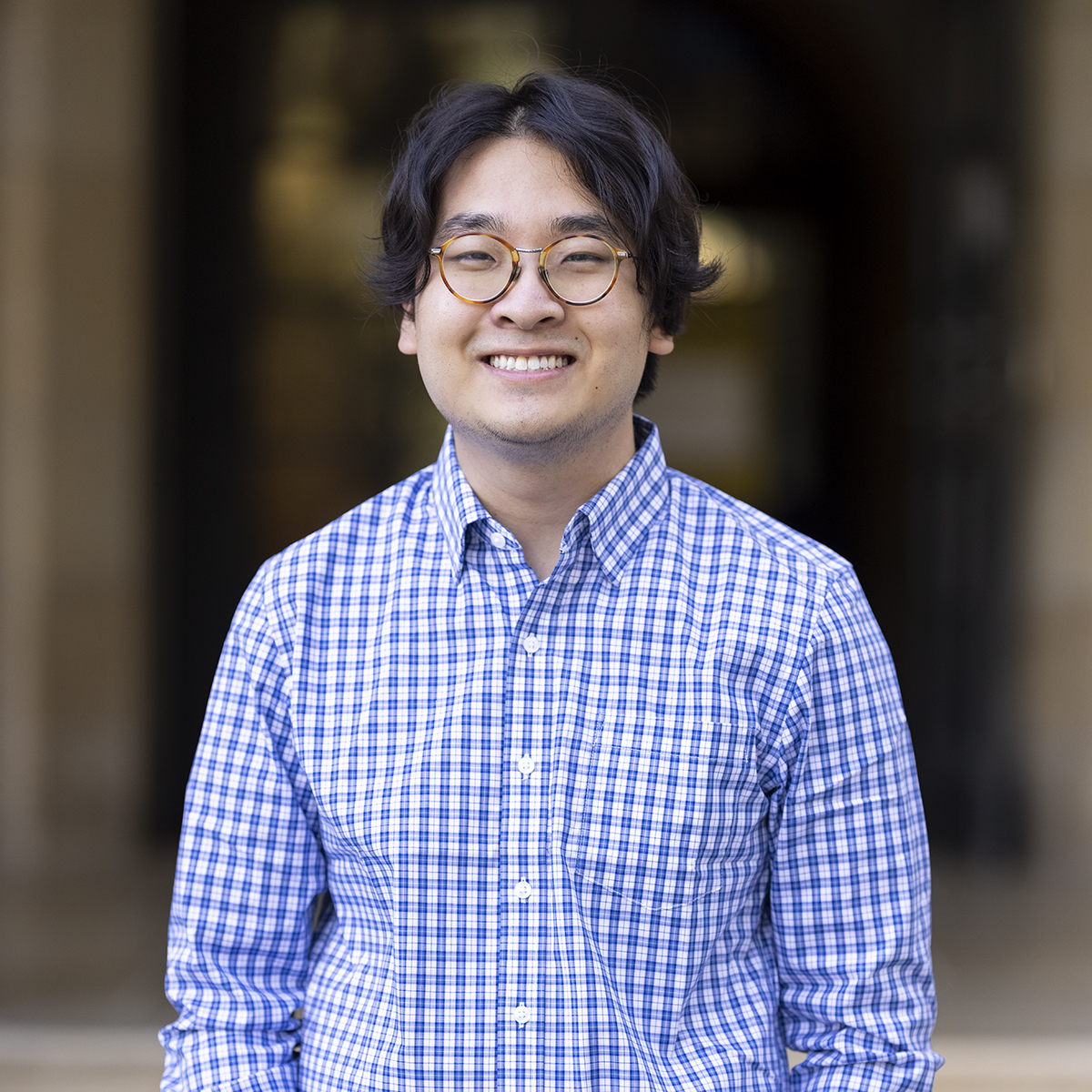UCLA study reveals demographics with highest COVID-19 case and death rates in LA

Black and Latino Los Angeles County residents are about two times more likely to die from COVID-19 complications, according to a UCLA study. (Daily Bruin file photo)

By Justin Jung
Aug. 11, 2020 4:31 p.m.
Black and Latino residents of Los Angeles County are about twice as likely as their white counterparts to die from COVID-19 complications.
A study published July 27 by the UCLA Latino Policy and Politics Initiative, compared COVID-19 case and death rates in LA County across several ethnic, racial and income demographics.
While 23 out of every 100,000 white LA County residents died from COVID-19 complications, the rates for Black and Latino residents were 46 per 100,000 and 54 per 100,000 respectively, according to the study. The UCLA study also found that Native Hawaiian or other Pacific Islander, Latino and Black residents have the highest case rates when looking at specific age categories.
Additionally, the study reported that areas with high poverty levels have the highest case and death rates in LA County.
Residents in the poorest areas of the county were four times more likely to die from COVID-19 complications than residents from the county’s wealthiest areas, said Muntu Davis, the LA County health officer, at a press conference Friday about ongoing pandemic-related challenges.
To address the racial disparity in COVID-19 rates, the study advised large cities to expand access to COVID-19 testing and health services, as well as distribute masks to public transit riders.
Masks should be readily available to residents entering public spaces such as parks, public transportation and grocery stores, said Laura Martínez, one of the authors of the study.
“I think that it is important to be able to have (masks) available to people that may not be able to get a hold of them (or) might have forgotten it along the way,” said Martínez, a postdoctoral fellow in obstetrics and gynecology.
The disparities in COVID-19 rates are partially attributable to increased opportunities for office workers to work from home, Davis said. However, many essential food, manufacturing, retail and delivery workers must report to physical workplaces, Davis said.
Moreover, Latino residents make up a large proportion of the county’s essential workers, the study reported.
Davis added that there should be various countywide workplace policy changes for essential workers, including universal sick leave and job protections.
“We’ve seen what happens when workplace protections and practices aren’t in place,” Davis said. “Outbreaks occur, and people can die.”
Several county departments, including public health, health services and mental health, are working with outside entities to develop programs that protect underserved groups from COVID-19, Davis said.
The county will use $13 million to assist community organizations with projects in underserved communities, Davis said. The county will help fund educational outreach programs, COVID-19 diagnostic testing and community contact tracing, Davis said. He added that the county will also work with community partners to help residents access public housing, food and child care resources.
The University of California should continue its research on the racial disparities in COVID-19 case rates and develop solutions to address them, Martínez said.
Naomi Riley, the Undergraduate Students Association Council president, said she doesn’t know if most students know that COVID-19 disproportionately affects some communities of color.
USAC is working with the UCLA administration to make masks readily available on campus, said Riley, a fourth-year political science student.
“(I’m) really hoping that UCLA students can serve as a model of how to care for one another,” Riley said. “That means wearing masks, social distancing (and) if you’re going to be living on the Hill, limiting the amount of contact that you have with other people.”


